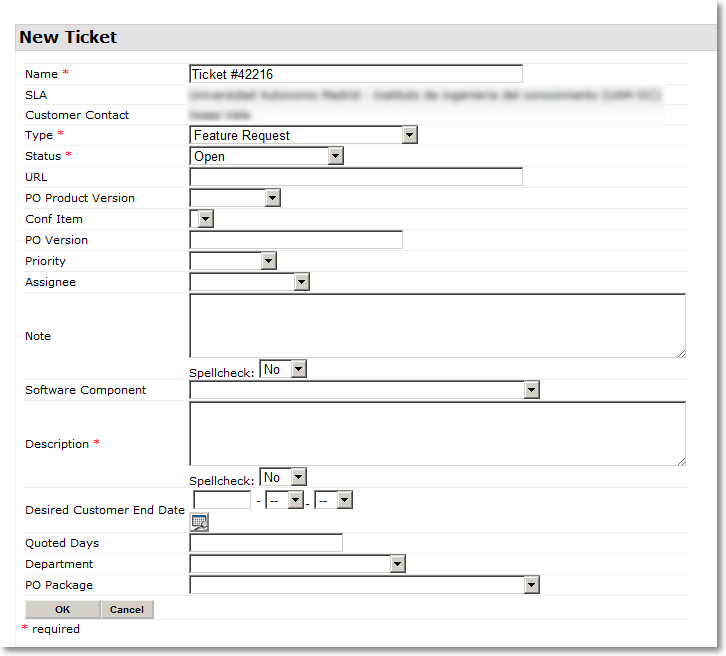
To make things easier, I execute the following process for each error:Īfter following the process above, if you aren’t able to identify the root cause and resolve the error, you will need to submit a ticket to Workfront Support for additional help. I cannot tell you how many times users have reported “errors” that weren’t actually software errors, rather, the user needed an upgraded license, access level, and/or layout template.
When you answer all of the questions above, you will typically find the root cause of basic problems in Workfront. When an error is identified, you should ask the following questions: Just remember, it’s your job to identify the root cause and quickly solve the problem. Don’t take it personally (I had to learn that the hard way). Let’s be realistic, every system administrator builds Workfront to work, but Workfront doesn’t always work as expected. That’s right, the standard plan, work, and review license users will find more errors than you, the system administrator. Typically, errors are identified by your users. Next, we will discuss, how do you troubleshoot errors in Workfront? Troubleshooting is identifying a problem, understanding the root cause, and correcting the problem. I’ve been in the IT world long enough to know that even the simplest line of code can break and when it does, it is best to be prepared with the right questions to quickly fix the problem. ‘What is troubleshooting and how do you troubleshoot Workfront errors?’Īny software application, no matter how advanced, will need to be troubleshot by a system administrator or software subject matter expert from time to time.

Either way, you’ve come to the right place.įirst, we need to start with the basics and answer the following questions: In our new series, “Think Like a Workfront Admin,” our consultants will walk you through how to troubleshoot Workfront like a pro!Īre you a new Workfront system administrator? Or perhaps you are a seasoned Workfront administrator looking for new ways to troubleshoot system errors.


 0 kommentar(er)
0 kommentar(er)
